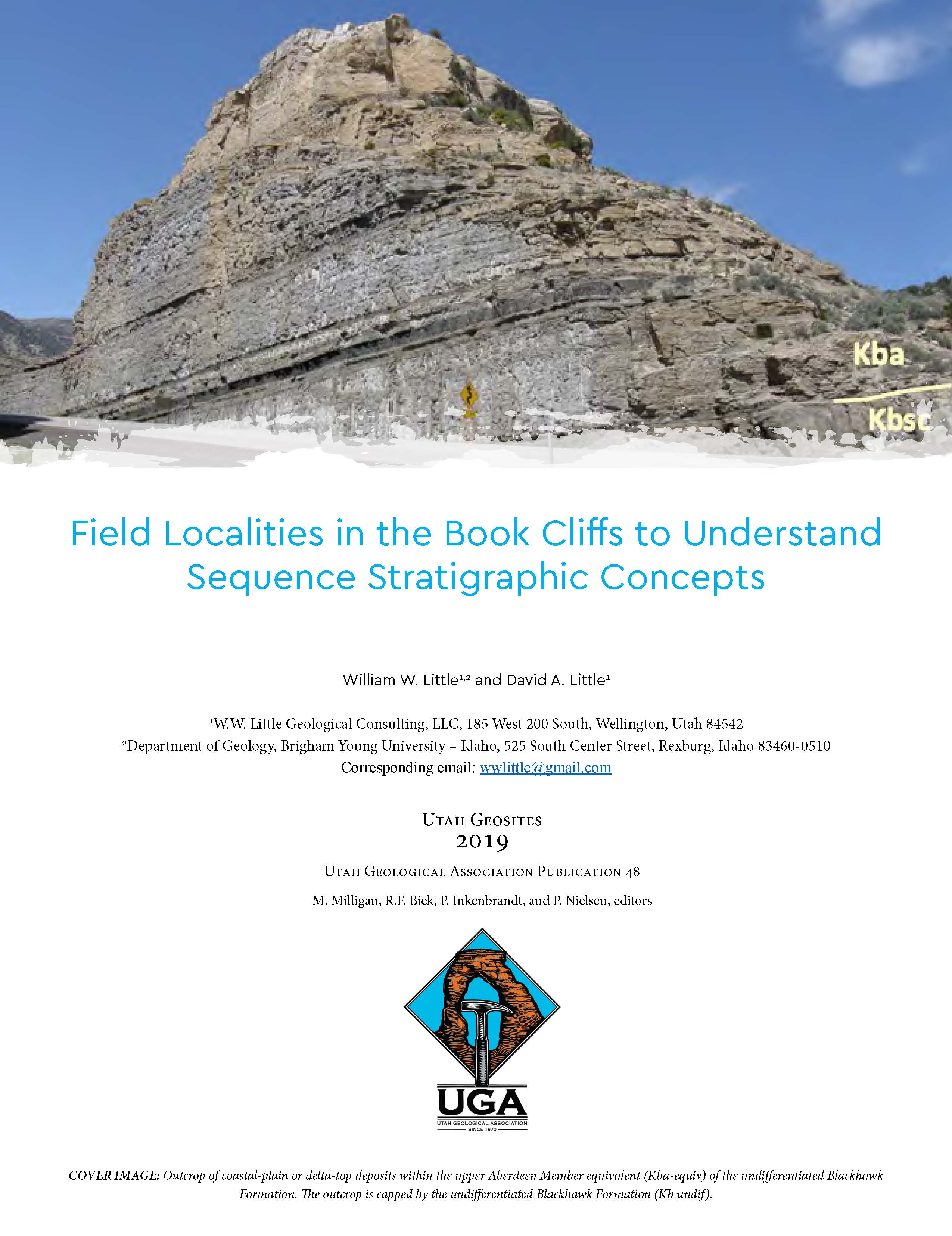Field localities in the Book Cliffs to understand sequence stratigraphic concepts
Abstract
The Book Cliffs of Utah and Colorado have become the premier location globally to study and teach principles of sequence stratigraphy. Continuous, well-exposed, and easily-accessible outcrops along both depositional dip (mountain to sea) and depositional strike (along the shore) make it possible for detailed three-dimensional reconstruction and analysis of sedimentary successions. Most types of clastic sedimentary systems are found in the Book Cliffs. These include river (braided, meandering, and anastomosed), delta (river- and wave-dominated), estuary, beaches, and seafloor, demonstrating a complete sediment delivery system from near the mountains to the ocean basin. These characteristics make the Book Cliffs an excellent classroom to study the interrelationship between large-scale changes in sea level, tectonic processes that build mountains and form sedimentary basins, and the sedimentary deposits that fill those basins.


